In my centerpiece Octalysis Framework post, I demonstrate how Richard Bartle’s 4 Player Types are incorporated within a Level 3 Octalysis framework by considering which Core Drives are pushing different types of people through the 4 Experiences Phases.
What was not made clear is that I used Richard Bartle’s 4 Player Types as a demonstration; other player personas can be utilized in place of Bartle’s 4 player types such as: Male/Female, Engineers/Marketers, Loyal Fans/Curiousios/Nonchalants, etc. Andrzej Marczewski and Amy Jo Kim have done excellent work around how to design better experiences for target audiences.
In the end, Level 3 Octalysis seeks to analyze and understand how to best design for different types of people within the gamification context.
In this post, we introduce MindTime, a player type framework to help gamification practitioners better design for their target audience.
What Is MindTime?
MindTime is both a theoretical structure and technology. It helps organizations understand the preferred thinking styles of their customers and employees in order to develop more relevant and effective products, strategies, work environments, and innovation processes.
Why does this matter? Although statistical research conclusions are available, this information is often quite broad and general in scope. Therefore, it may not be enough to truly create an outcome that speaks to the specific target audience.
Targeting the thinking styles and attitudes of a particular group can help develop more seamless forms of communication and ensure product development aligns with the needs and interests of a particular group of individuals.
What is central to the MindTime framework is how people relate to time.
There are three prominent ways that individuals related to time. This shapes their thinking style:
- Past Thinker: This individual relies on the careful assessment of data and past precedents before making a decision and committing to action.
- Present Thinker: This type of thinker takes stock of their present assets in order to create strategies for achieving their goals.
- Future Thinker: The future thinker is oriented towards new ideas and the creation of innovative possibilities.
How is MindTime applied?
The MindTime technology can be applied to samples of research participants. Responses to their questionnaires are analyzed to produce refined insights about the thought patterns that are most pertinent to the project being developed.
Here is a survey link to test your own personal MindTime type: http://www.mindtimemaps.com/gps-start/
Archetypes based on combinations of different thinking styles can also be generated for more complex environments.
How Does MindTime Relate to Octalysis and Gamification Design?
While Octalysis focuses on the 8 core drives of game players, MindTime profiles these individuals based on their dominant thinking styles. This level of analysis can help game producers acquire more astute and personable insights about the particular players they are designing for.
As an example, a game with a balanced integration of core drives may elicit different reactions from Baby Boomers than Millennials. Due to the broadness of these categories, Octalysis and Mindtime can help to generate archetypes or personas representing the preferred thinking styles of the group that the game is intended to target.
The three different MindTime archetypes would collaborate differently with different combinations of Octalysis Core Drives. Therefore, gamification design would not only need to consider mechanics that engage and entertain these drives, but also make decisions on how to present information in ways that appeal to the three prominent thinking styles that are inherent within their audience of players.
For example, decisions on establishing reaction times would need to consider the fact that past thinkers tend to process information slowly. On the other hand, future thinkers would process information rapidly. Therefore, a game may need to incorporate different time increments that create a more ideal experience for both past and future thinkers depending on the context of a user’s progress.
The design of user interfaces as well as other decisions on visual presentation can also be enhanced and relevant to the thinking styles of game players.
Future thinkers may strongly resonate with a sense of Core Drive #1 (Epic Meaning & Calling) towards a grander vision. Depending on the game decisions made to fulfill this drive, present and past thinkers may be completely indifferent towards this drive, until perhaps the end of the game after they have successfully fulfilled their mission.
Coming up with challenges where players can earn a strong sense of Core Drive 2 (Development & Accomplishment) or Core Drive 3 (Empowerment of Creativity & Feedback), can benefit from an understanding of the thinking processes of players. Certain strategies to target these drives may be gratifying to the present and future thinkers but at the same time they may be frustrating for the past thinkers who take longer to analyze information before committing to action.
How Does MindTime Relate to the Core Drives?
Core Drive #4 (Ownership & Possession) is a drive that is typically concerned with the present (how do I acquire more to optimize my experience of the here and now). Medium levels of ownership may be a stronger driving force for the present thinker. However, in terms of achieving highly valued rewards or status, all three archetypes would feel an immense sense of gratification over this type of attainment.
Likewise, Core Drive #5, (Social influence & Relatedness) would also carry a sense of fulfillment that would be universal to all three thinking styles.
However, when it comes to Core Drive #8 (Loss & Avoidance) as well as managing resources to prevent Core Drive #6 (Scarcity & Impatience), present and past thinkers may excel at overcoming extreme challenges within these areas. But these game contexts may frustrate future thinkers, depending on the design.
Game scenarios associated with Core Drive #7 (Unpredictability & Curiosity) often times lacks precedents from which to draw reliable conclusions about how to proceed. This can be frustrating for past thinkers who tend to guard against loss and depend on data to best meet their goals.
An Octalysis final score would provide information about how balanced the game is in terms of engaging the eight core drives of players. However, the profiling insights of a MindTime analysis would give a more in-depth look into the thought processes of players and therefore these nuances can be integrated into specific aspects of the game design.
The success of a gamification design does not lie in technical sophistication alone. It is invariably conceived in the emotions, thoughts, and reactions of actual players.
The concept of reading into the mindset of an audience may seem idealistic. However, the use of frameworks like Octalysis and MindTime (among others) make it possible to make better design decisions that are more authentically aligned with how we interact with the world.



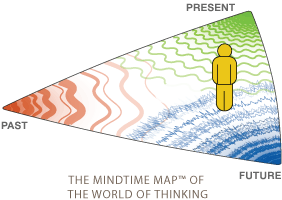
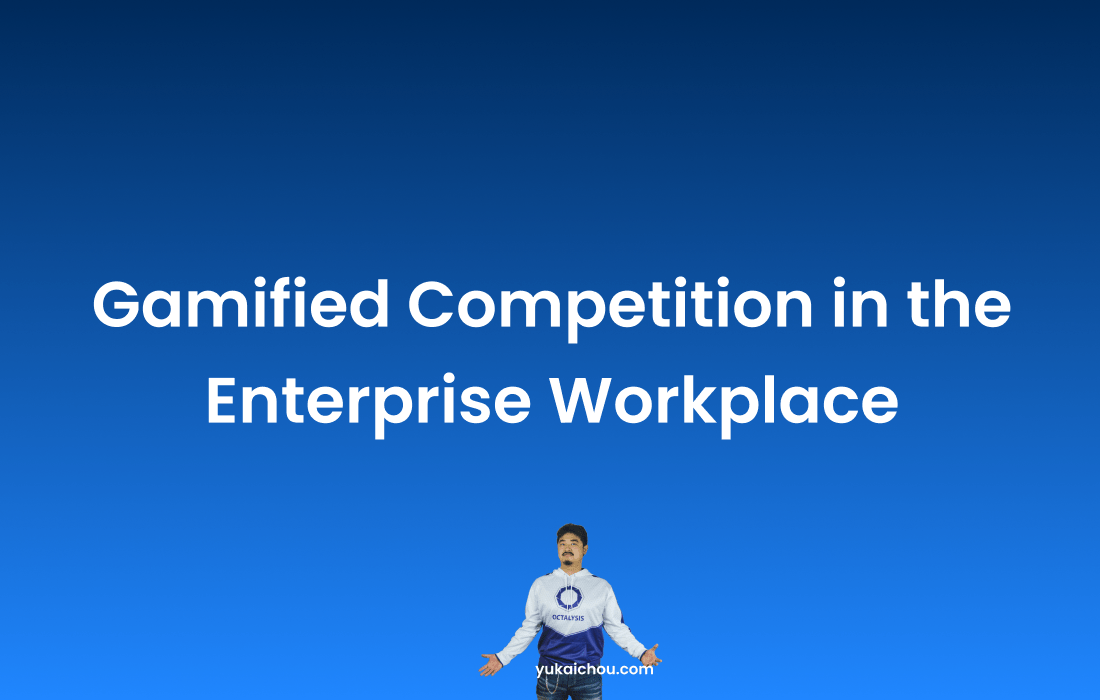

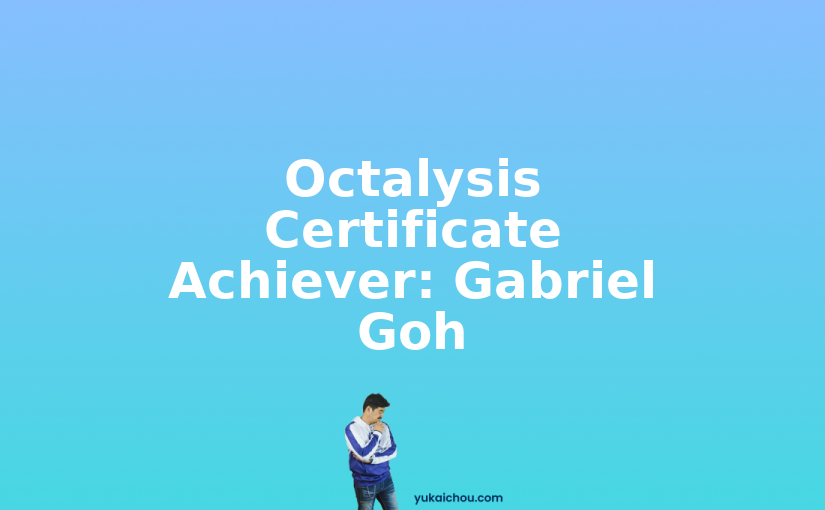
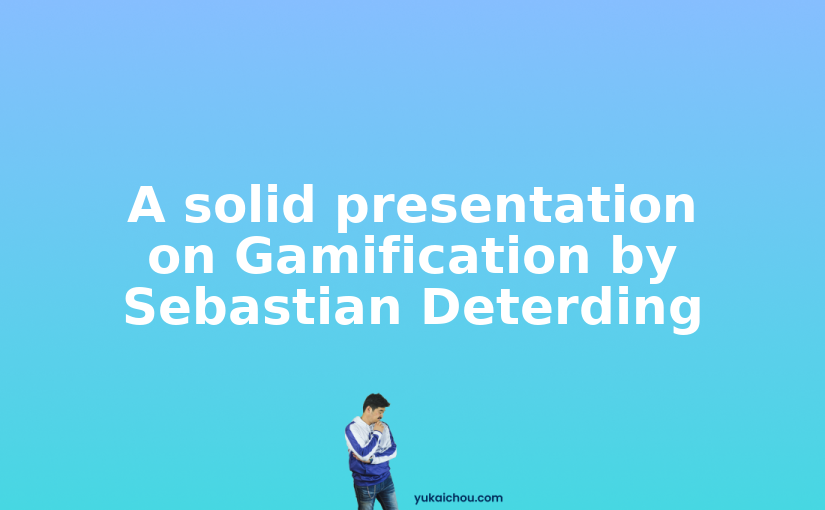

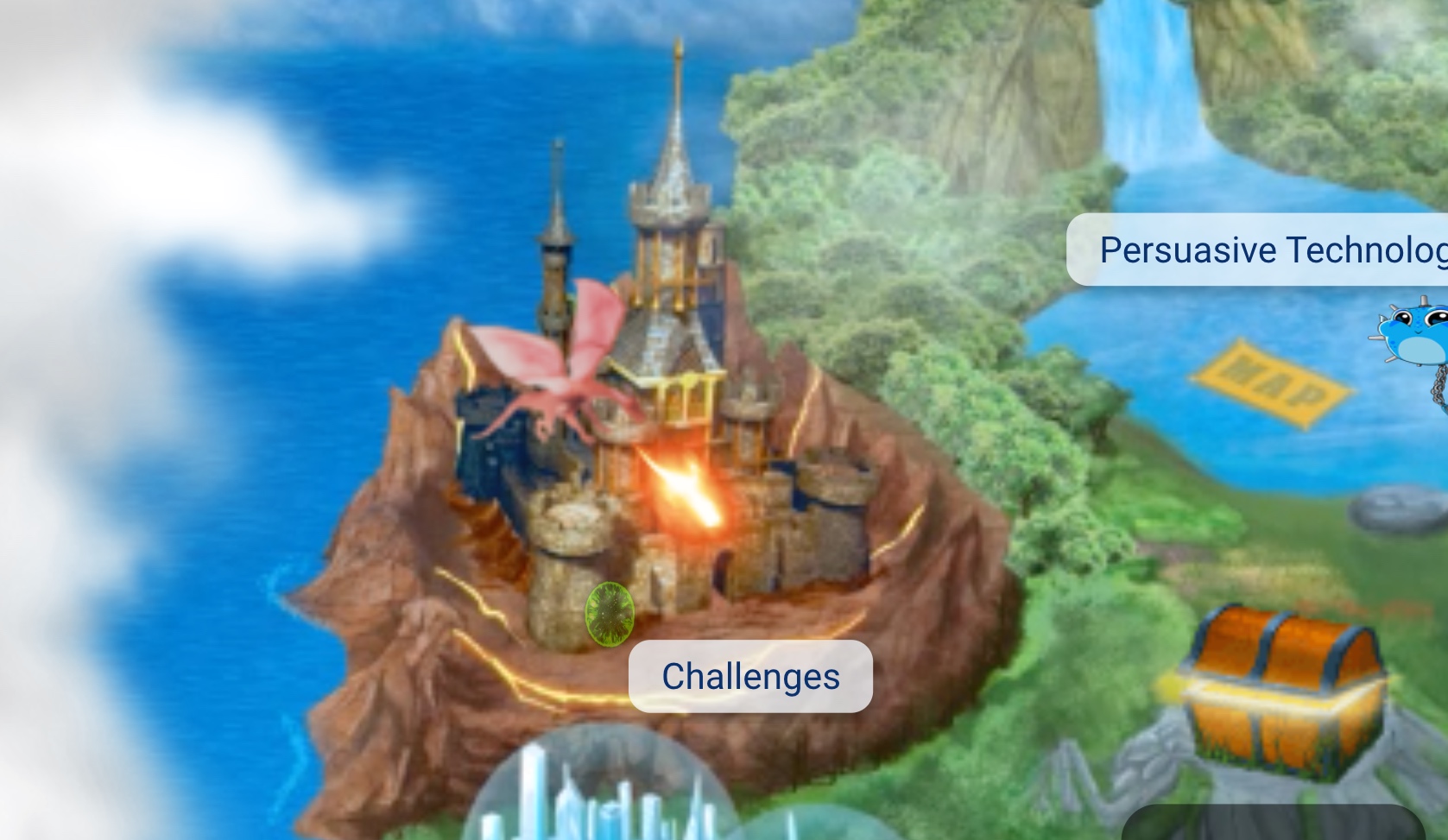
2 responses to “MindTime: A Player Type Framework”
That is definitely interesting, theory of archetype can be also suggested from Jung work in psychology.
Very Interesting article. My archtype is Optimistic Vision. Always knew I’m not a completer/finisher! This has very appropriate ramifications for a project I am working on where it is easy to consider all users future thinkers (due to the nature of the project) however clearly even in that community a number of people will vary in their thoughts and natural preferences.
A great addition to user type understanding and design.